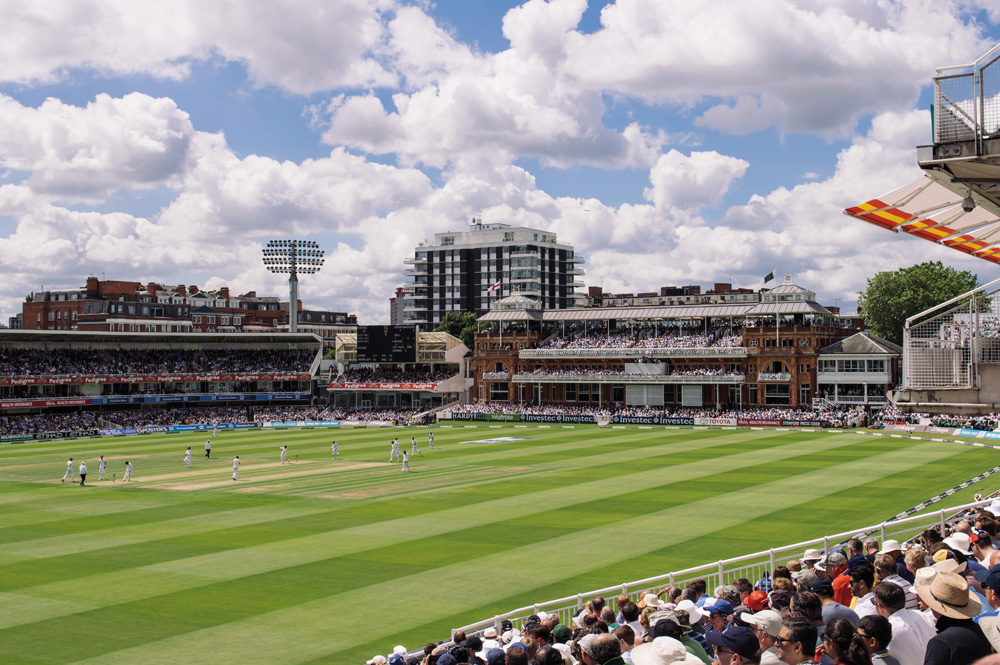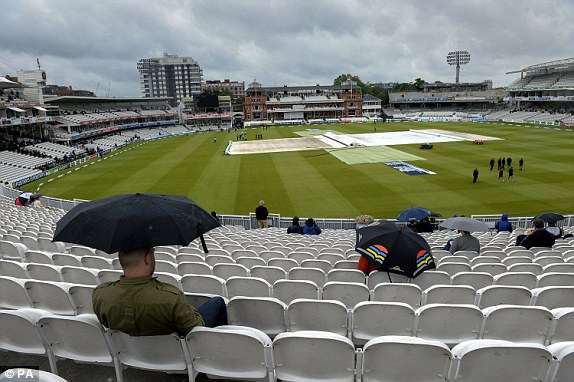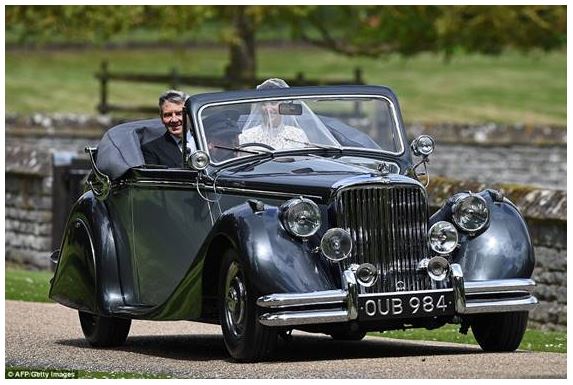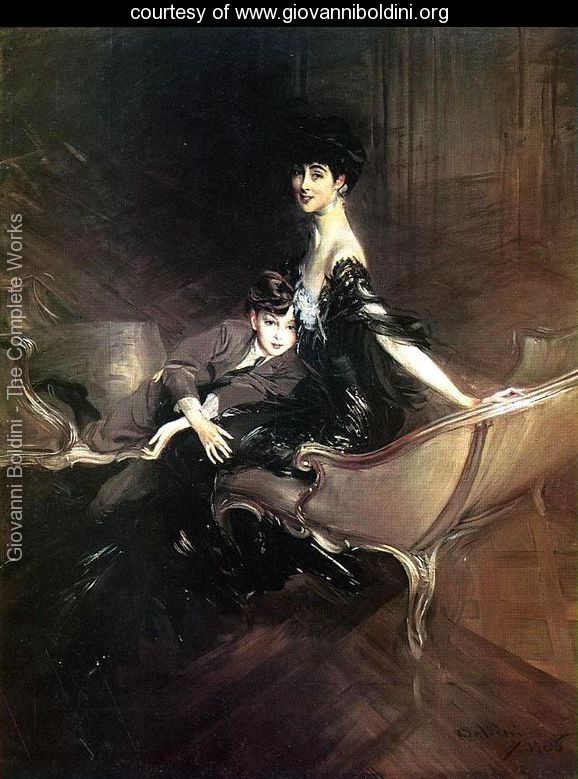One of the problems of having a conservative outlook is that it permeates every part of your life. Just because something is called “new and improved” does not necessarily make it so — which is even more the case when it comes to societal conditions, of course, in that if one is aware of history, there isn’t much new, and even less is an improvement that hasn’t been tried before, mostly ending in failure.
One might think that this isn’t the case with technology, but even there I look at things with a jaundiced eye. Automotive technology is certainly better than it was a hundred years ago, but we’ve climbed that far up the quality/performance curve to where today’s model is enormously better than the Model T, but not that much better than last year’s model. (And I still prefer a stick shift to an automatic transmission, and a bolt-action rifle to a semi-auto one, to name but two of thousands of examples.)
All this came to mind when I was having a couple of welcome-home drinks with Doc Russia, and he mentioned the fact that he was looking at buying a decent “dress” wristwatch, but because his experience with watches has been limited to utility rather than appearance, he was somewhat at a loss as to what he should be looking at.
As it happens, watches and clocks are something of a passion of mine — if I ever won the lottery, I’d be in deep trouble — so I was happy to offer some words of advice. (I’ve owned several decent watches in the course of my life: Omega, Longines, Piguet and so on, which has made me keenly aware of the value of a good watch — and not just one which keeps perfect time.)
Buying a watch is about as personal a decision as one can find — hell, I’ve known men to spend more time on deciding which watch to buy than selecting a car or even a wife — so there are all sorts of combinations / permutations of features and characteristics which go into one’s final decision which are, to put it mildly, very much individualistic. I realize that in today’s world, such a discussion is akin to such old-fashioned purchase decisions as to the best buggy whip to buy, or even (gasp) the best bolt-action rifles for your needs and wallet, but nevertheless, here we go.
At the outset, I’m going to exclude from this post any discussion of being comfortable with a drugstore digital battery-powered cheapie which keeps perfect time and costs less than fifty bucks. I have absolutely no problem with this attitude — hell, I’ve owned more than one Timex or Casio in my time too — and I’m also not going to engage with people who’ve quit wearing wristwatches altogether, leaving the timekeeping function to their cell phone. It’s the modern thing, and of course it’s your choice. That’s all well and good, but that’s not what we’re talking about here. Remember, we’re not talking utility as the primary driving factor in buying a new watch; we’re talking class, beauty, style and quality of workmanship. This is akin to the difference between buying a Toyota Corolla and, say, a Lexus. Both do the same job, both are of excellent quality, but each offers a different style of delivery. This is no less true of watches.
As with all things, you have to start with budget. (If you don’t, you’ll just get frustrated.) Doc’s budget is between $5,000 and $7,000, which offers a wide range of options, all good ones. (Much more than this, say $10,000 plus, and we’re looking at investment watches, which creates a set of completely different purchase criteria.)
Let’s also stipulate that we’re looking for a wristwatch and not a pocket- or “waistcoat” watch, just to keep things simpler.
We should start with what I think is the most important criterion, which is movement: automatic, or manual wind? (There are few battery-powered watches in this price range, which I think is good. My everyday watch is a cheap-ish Dooney & Burke which, while very pretty, needs a new battery every eighteen months, and it drives me scatty.) Automatic is the lazy man’s choice — it self-winds by the movement on one’s wrist but to be honest, unless you’re spending a lot of money (more than our budget), the timekeeping is not always perfect to the millisecond and the watch may need to be adjusted occasionally. A manual wind — generally more precise and therefore more expensive — is of the “eight-day” type: one full wind will last for about a week, and then the watch will need to be rewound. I have no preference, myself, although I lean towards the manual (see “stick shift” and “bolt-action rifle” above): it’s the first of many personal choices we’re going to encounter. Here are some examples of manual-wind watches in our price range:
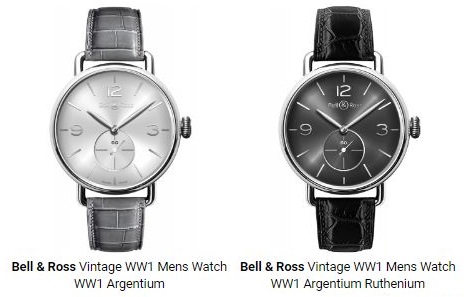


The last, the IWC Pilot, is normally outside our price range, but I’ve seen it on sale recently, so if you love it (and I do), you may be in luck.
With automatic (a.k.a. self-wind), prices almost halve. All the above examples which have automatic variants cost less than $5,000 — and with that premium removed, we also have a few more brand options within the price range:



…and so on.
Next, we come to appearance: white face, or black/colored? Myself, I prefer a white face, but some of the grays are quite gorgeous. Ditto the hands of the watch: simple, straight, ornate? And the numbers: regular, Roman, dashes, or Art Deco (to name but some). Other functions (date, day, month, stopwatch, moon phase etc.)? Leather strap, plastic strap or metal expandable strap? Once again, all this is a matter of personal choice. If you want or need a watch that does everything except make you coffee in the mornings, go for it.
Honestly, the choices are dizzying (in almost any price bracket), and there are hardly any bad choices once one gets over a thousand dollars. (Poor taste choices, however, are another story — but one man’s bad taste is another’s gotta-have, so I stay away from value judgments of that nature.) For myself, the plainer the better, and I don’t need a date because I hardly ever write checks anymore. I prefer the look of stainless steel over gold; although a decent gold watch always looks classy, the price premium is just more than I want to spend. I prefer a leather strap; I can’t wear the expandable metal straps because I have hairy arms and wrists, and the damn things pinch.
So here’s my shortlist of watches (in addition to all the above) which are more or less in Doc’s price range.
IWC (probably my favorite brand in this price range):

Longines:

Maurice Lacroix and Glasshutte:
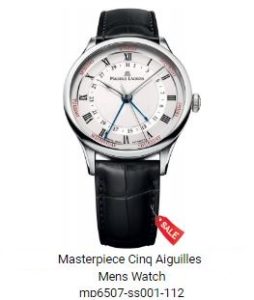
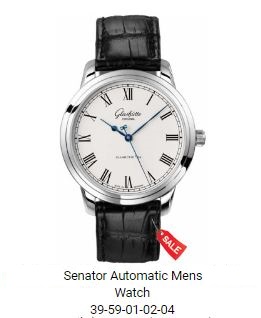
And finally, no piece like this would be complete without showing the watch I’d want to get as soon as the Powerball guys got their ducks in a row and finally gave me the winning ticket:
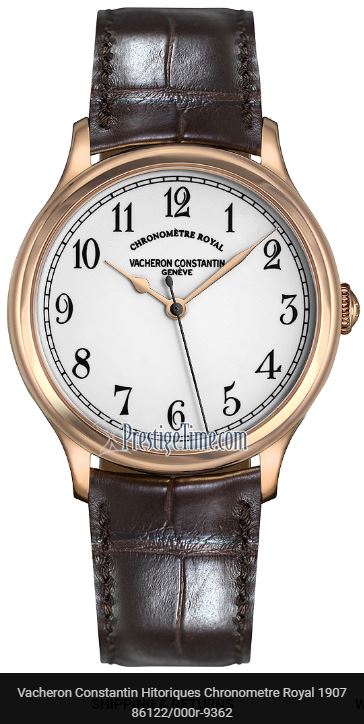
If you wanna know how much it costs, you can’t afford it. Note the Art Nouveau numbering, the faded and understated gold… yowzah.
If you want to play like I did, and see just what’s out there, go to Prestige Time and browse. I don’t think their prices are realistic, by the way: I haven’t found them to be anywhere near those quoted by reputable retail outlets. But they have a bunch of watches showcased, so enjoy.

